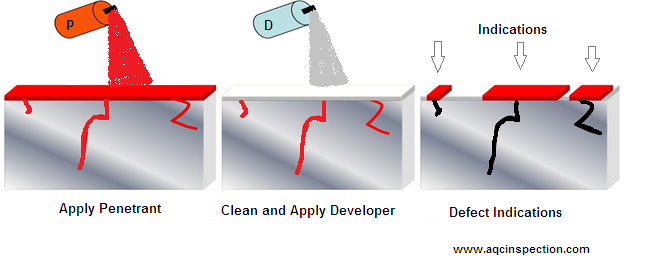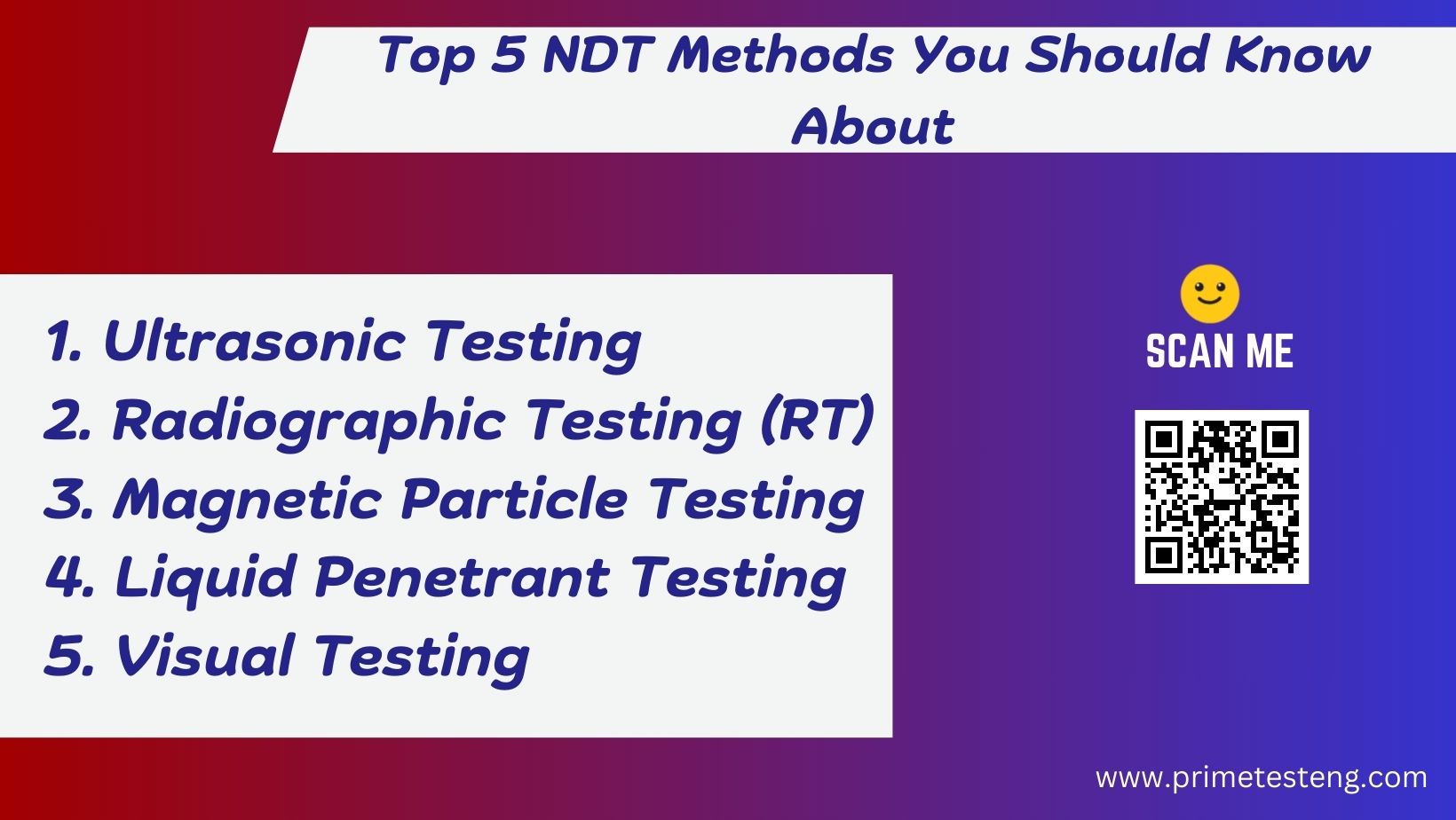Non-destructive testing (NDT) plays a crucial role in numerous industries, ensuring the safety and integrity of materials and structures without causing any damage. From airplanes to pipelines, NDT methods provide invaluable insights into the condition of components, enabling engineers and technicians to identify potential flaws and prevent failures.
Whether you’re new to the field or looking to expand your knowledge, understanding the various NDT methods available is essential. Today, we’ll delve into the top 5 NDT techniques you should be familiar with, exploring their applications and weighing their pros and cons.
1. Ultrasonic Testing (UT): Sound Waves Reveal the Unseen

Ultrasonic testing utilizes high-frequency sound waves to penetrate materials and detect internal flaws. A transducer emits sound waves that travel through the material, and their reflection patterns are analyzed to identify any discontinuities or imperfections.
Pros:
High sensitivity: UT can detect even minute flaws, making it ideal for critical applications.
Depth penetration: This method allows for the inspection of thick materials.
Portable and versatile: UT equipment can be easily transported and used on various materials and geometries.
Cons:
Requires skilled interpretation: Analyzing the reflected sound waves requires expertise to differentiate between actual flaws and other factors.
Surface preparation is crucial: The surface needs to be clean and free of debris for optimal results.
Applications: Weld inspection, thickness measurement, material characterization, corrosion detection.
2. Radiographic Testing (RT): X-ray Vision for Materials

Radiographic testing employs X-rays or gamma rays & GPR Scan to penetrate materials and generate images of their internal structure. Similar to medical X-rays, this technique allows technicians to visualize flaws like cracks, voids, and inclusions.
Pros:
Provides permanent record: Radiographic images can be stored for future reference and comparison.
Versatile application: Suitable for a wide range of materials and thicknesses.
High penetration power: Can penetrate dense materials like metal and concrete.
Cons:
Safety concerns: Exposure to radiation requires strict safety protocols and specialized equipment.
Costly equipment and training: Setting up and operating radiography equipment can be expensive.
Limited flaw detection for certain orientations: May not detect flaws parallel to the radiation beam.
Applications: Weld inspection, casting examination, detection of hidden corrosion, inspection of composite materials.
3. Magnetic Particle Testing (MT): Magnetism Reveals Surface Imperfections

Magnetic particle testing is used to detect surface and near-surface discontinuities in ferromagnetic materials like iron and steel. The method involves magnetizing the material and applying iron particles. Disruptions in the magnetic field caused by flaws attract the particles, forming a visible indication.
Pros:
Fast and efficient: Ideal for inspecting large areas quickly.
Portable and easy to use: Requires minimal equipment and setup.
Sensitive to fine surface cracks: Can detect even small flaws that other methods might miss.
Cons:
Limited to ferromagnetic materials: Cannot be used on materials like aluminum or austenitic stainless steel.
Only detects surface and near-surface flaws: Not suitable for detecting internal imperfections.
Requires proper surface preparation: Paint, rust, or other coatings need to be removed before testing.
Applications: Weld inspection, detection of fatigue cracks, inspection of machined components, detection of surface breaking flaws in castings and forgings.
4. Liquid Penetrant Testing (PT): Highlighting Flaws with Dyes

Liquid penetrant testing is a cost-effective method for detecting surface-breaking flaws in various materials. A penetrating liquid is applied to the surface and allowed to seep into any cracks or openings. After excess penetrant is removed, a developer is applied, drawing the penetrant out of the flaws and making them visible.
Pros:
Simple and inexpensive: Requires minimal equipment and training.
Versatile: Can be used on a wide range of materials, including metals, ceramics, and plastics.
Portable and easy to use: Suitable for field applications.
Cons:
Only detects surface-breaking flaws: Not effective for internal imperfections.
Surface preparation is critical: Cleanliness is essential for reliable results.
Can be messy: Requires careful handling of the penetrant and developer.
Applications: Weld inspection, detection of fatigue cracks, inspection of castings and forgings, leak detection in pressure vessels.
5. Visual Testing (VT): The Power of Observation

While seemingly simple, visual testing remains a vital NDT method. It involves directly observing the material or structure with the naked eye or with the aid of low-power magnification tools to identify any visible flaws or anomalies.
Pros:
Cost-effective: Requires minimal equipment and training.
Versatile: Can be used on various materials and structures.
Provides immediate results: Allows for quick identification of obvious defects.
Cons:
Limited to surface flaws: Cannot detect internal imperfections.
Subjectivity: Relies on the inspector’s skills and experience.
Limited by accessibility: Only areas within visual range can be inspected.
Applications: Weld inspection, surface condition assessment, corrosion detection, dimensional checks.
Choosing the Right NDT Method
Selecting the most appropriate non-destructive testing method depends on several factors, including the type of material, the nature of potential flaws, accessibility, and budget constraints. Often, a combination of NDT techniques is used to provide a comprehensive assessment of the material or structure.
By understanding the strengths and limitations of each method, engineers and technicians can make informed decisions to ensure the quality and safety of their products and infrastructure.
FAQs
How do I choose the right NDT method for my needs?
The ideal NDT method depends on several factors like the material type, suspected flaws, accessibility, budget, and required sensitivity. Consider:
- Material: Some methods only work on specific materials (e.g., MT for ferromagnetic materials).
- Flaw type: Choose methods suited to surface flaws (PT, MT, VT) or internal flaws (UT, RT).
- Accessibility: Consider if the area is easily reachable for equipment and personnel.
- Budget: Methods like VT are inexpensive, while RT requires costly equipment and expertise.
Can NDT methods be used together?
Absolutely! Often, a combination of methods provides a more comprehensive evaluation. For instance, using VT for initial screening followed by UT for deeper flaw detection is a common practice.
What are the limitations of visual testing (VT)?
While cost-effective and versatile, VT is limited to detecting surface flaws and depends heavily on the inspector's skill and experience. It also cannot be used for internal flaw detection.
What safety concerns are associated with radiographic testing (RT)?
RT uses X-rays or gamma rays, which can be harmful with exposure. Strict safety protocols, specialized equipment, and trained personnel are essential to mitigate risks.
Is ultrasonic testing (UT) difficult to interpret?
UT requires skilled technicians to analyze the reflected sound waves and differentiate actual flaws from other factors like geometry changes. Proper training and experience are crucial for accurate interpretation.
Can liquid penetrant testing (PT) detect all types of flaws?
No, PT only detects surface-breaking flaws. It cannot identify internal imperfections within the material.
What types of materials can magnetic particle testing (MT) be used on?
MT is limited to ferromagnetic materials like iron and steel, which can be magnetized. It cannot be used on materials like aluminum or austenitic stainless steel.
What is the advantage of radiographic testing (RT) over other methods?
RT provides a permanent visual record of the internal structure, allowing for future reference, comparison, and documentation.
Where can I learn more about NDT methods and applications?
Several resources are available, including industry publications, professional organizations and online courses. You can also consult with NDT service providers such as Prime Test Engineering for specific inquiries.






